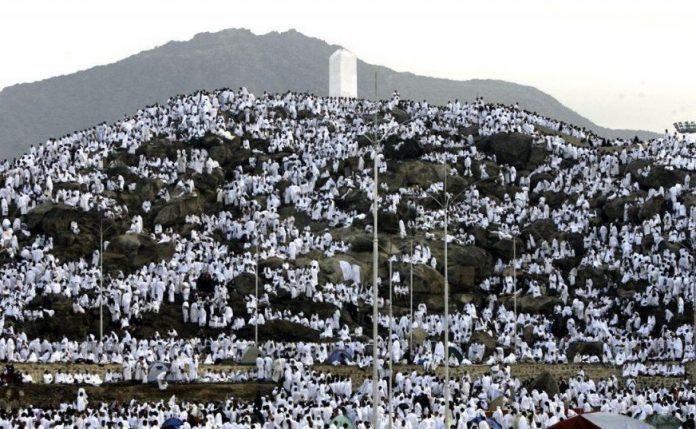More than two million Muslims have participated in the symbolic stoning of the devil in Saudi Arabia, the last major ritual of the hajj pilgrimage that heralds the start of the Eid al-Adha festival. Muslims attending the annual hajj pilgrimage, one of the five pillars of Islam, made their way across the Mina valley of Mecca province, while carrying pebbles in plastic bottles.
It will be recalled that Mina was the site of a 2015 stampede which saw more than 2,300 pilgrims crushed or suffocated to death. Authorities have since reinforced safety and security measures during the hajj, which is one of the world’s largest Muslim gatherings that draw about 2.4 million pilgrims to the holy sites in Saudi Arabia.
Reports said the roads from Muzdalifah — another holy site where pilgrims passed through on Monday night — to Mina were littered with plastic water bottles as sanitation workers scrambled to remove them. Thousands of security forces, including police and civil defence, were deployed for the hajj, according to Saudi authorities.
In social circles, the annual hajj experience is usually regarded as the most popular Muslim event which comes close to being upheld by virtually every Muslim desirous of making the holy pilgrimage.
Saudi Arabia’s King Salman made the trip to Mina on Tuesday and was seen on state-run television observing worshippers from the window of a high-rise building. The king, who described it as a “great honour” to welcome the pilgrims to Saudi Arabia, later paid homage to Saudi soldiers in a televised speech.
Currently Saudi soldiers are leading a regional military alliance battling Shiite Huthi rebels in Yemen, where more than three years of war have killed thousands and triggered what the UN calls the world’s worst humanitarian crisis.

















